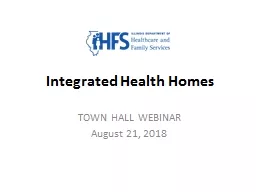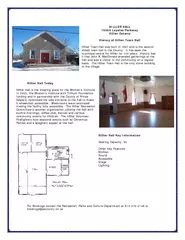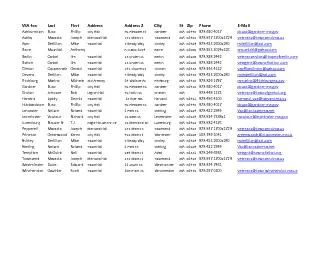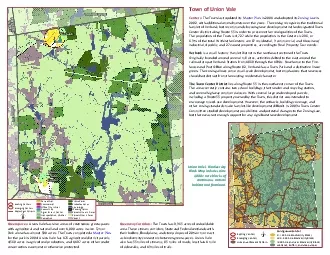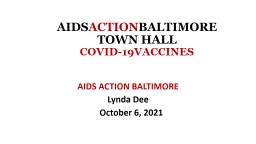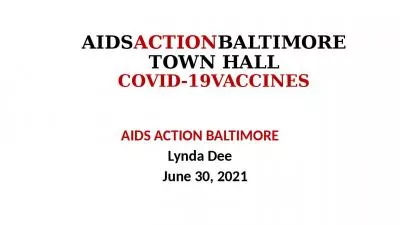PPT-Integrated Health Homes TOWN HALL WEBINAR
Author : giovanna-bartolotta | Published Date : 2018-11-01
August 21 2018 Housekeeping Items Phone lines are in listen only mode Questions can be submitted through the chat function on the right hand side of the screen
Presentation Embed Code
Download Presentation
Download Presentation The PPT/PDF document "Integrated Health Homes TOWN HALL WEBINA..." is the property of its rightful owner. Permission is granted to download and print the materials on this website for personal, non-commercial use only, and to display it on your personal computer provided you do not modify the materials and that you retain all copyright notices contained in the materials. By downloading content from our website, you accept the terms of this agreement.
Integrated Health Homes TOWN HALL WEBINAR: Transcript
Download Rules Of Document
"Integrated Health Homes TOWN HALL WEBINAR"The content belongs to its owner. You may download and print it for personal use, without modification, and keep all copyright notices. By downloading, you agree to these terms.
Related Documents

